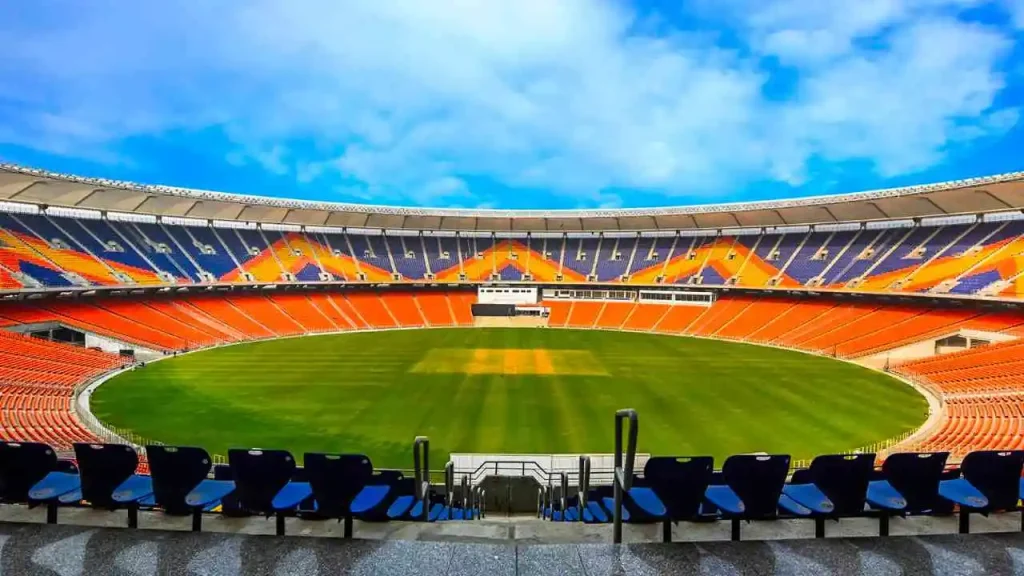The highly-anticipated ICC World Cup 2023 is scheduled to be played in India from October 5 to November 19. India will be hosting the ODI World Cup alone for the first time. The tournament will be played across ten venues, covering almost every part of the country.

While the World Cup promises to be a spectacular event, dew can play spoilsport. The T20 World Cup in the UAE in 2021 showed that teams batting second had a clear advantage due to the dew. In such conditions, the toss becomes vital, with teams preferring to bowl first after winning it, often leading to victory.
To ensure that dew does not overly influence the tournament, the International Cricket Council (ICC) has taken significant steps. The governing body has outlined several protocols for curators at venues to minimize the impact of dew and, consequently, the toss’s influence.
Given that the ICC World Cup 2023 is taking place in October-November, when dew is expected in most venues, the ICC has made some important recommendations. It has advised curators to leave ample grass on the pitches, enabling seam bowlers to remain effective. This emphasis on grass will likely lead most teams to include more seamers in their playing XI.
Also Read: Aakash Chopra Stresses the Importance of Team Cohesion and Expresses Disappointment Over Senior Players Being Rested“Venues in the northern, western, and eastern states of India are likely to witness heavy dew at this time of year. Matches in Chennai and maybe Bengaluru are likely to see a decent amount of rain. The main idea is to keep the toss out of the equation as much as possible. Dew largely impacts the performance of spinners. With more grass, teams will not have to depend as much on spinners. That will also help in having true surfaces. And ODI games don’t need to see very high scores to be interesting,” a source told the Times of India.
Additionally, the ICC has addressed boundary sizes to ensure a balance between bat and ball. The recommendation is for stadiums to have the maximum possible boundary size, with venues instructed to maintain boundary sizes of around 70 meters.

“The minimum size of boundaries for international matches is 65 meters, and the maximum is 85 meters. The old centers have a boundary size of around 70-75 meters. It has been suggested that boundaries should be kept more than 70 meters. The Indian cricket board (BCCI) has also directed curators to use a wetting agent that has been standardized by the board and ICC. Most venues these days use similar wetting agents. But now the board has directed every center to not use any other wetting agent than what has been prescribed,” sources said.

